This playlist is meant to bridge the gaps between past and present. The essential questions explored over the course of the AP Art History curriculum are standard, but the expectation is for students to respond critically, think uniquely, and stay open-minded while finding points of connection. When I ask students to make personal connections with artists from the past, I encourage them to look at the message, material, or experience of the artist. By using contemporary artist videos, like Cindy Sherman’s, students can understand that artists continue legacies of connection. Sherman’s thoughts on how we become characters for stories that inspire the creation of identity for developing nations can be easily connected to mythology from Ancient Greece when studying the Parthenon and the Great Altar of Zeus and Athena at Pergamon. Another example is when I aim to have students understand the fluid relationship between artist, text, and visual during the Medieval times when illuminated manuscripts became popular. I have students listen to Kameelah Janan Rasheed’s account on how she learned to talk back to text, while showing students their own relationship with books, writing, and note-taking.
My goal is for students to not get caught up in a succession of memorization, but rather, I ask them to understand that art is a living engagement with life that everyone (old, young, rich, or poor) from the past and present shares as a universal bond.
Other points of engagement:
Personally Connecting with the Past (Prehistory Unit) — Song Dong: 生 / Shēng
Why do artists examine the past? What can aspects of long ago tell us about today?
Colonization (Ancient Mediterranean Unit) — Michael Rakowitz: Haunting the West
What are the ways people have subverted the imperialist role of museums, interrogated the value we place on objects over people, and created ongoing systems for repair and accountability?
The Value of Writing (Medieval Manuscripts – Medieval Unit) — Kameelah Janan Rasheed: The Edge of Legibility
What are the ways we talk back to a text, events, or artworks?
Characters (Ancient Greece/Rome Unit) — Cindy Sherman: Characters
What can we learn about the memorable characters of our past and their complex lives?
Continuous Narrative (Ancient Egypt Unit) — Kara Walker in “Stories”
How do artists use storytelling conventions when sharing stories?
Emotion and Drama (Romanticism – Art Period Movements Unit) — John Akomfrah in “London”
Which global legacies connect our past with our present personalities?
Storytelling, Poetry. SPIRITUALITY (Southeast Asia Unit) — Xu Bing in “Bejing”
What can we learn from language, cultural tradition, and the lessons of our past that point to the possibilities of our future?
Lineage (Indigenous Unit) — Tanya Aguiñiga: Crafting Lineage
How do tradition and lineage inform our cultural identities?
Read about how Kandice teaches with this playlist in the classroom.
 8:57
8:57 12:01
12:01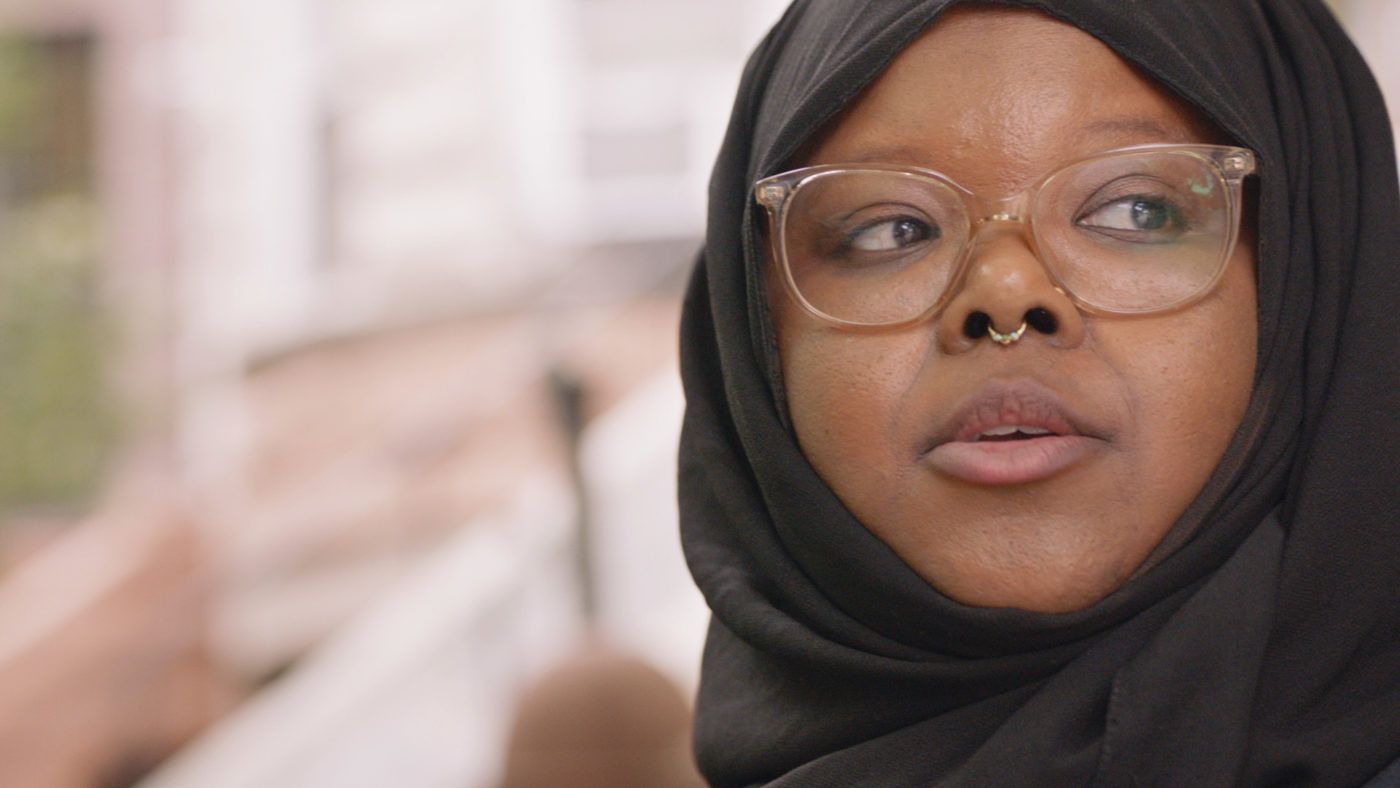 7:55
7:55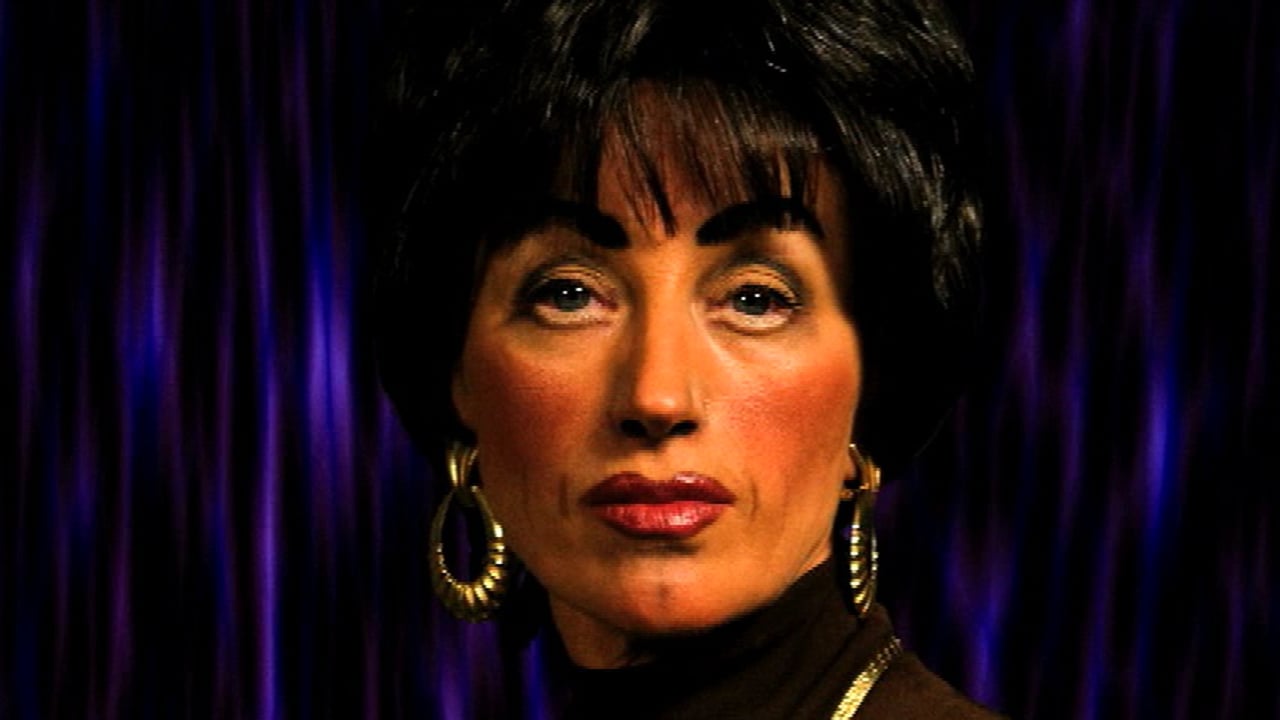 3:35
3:35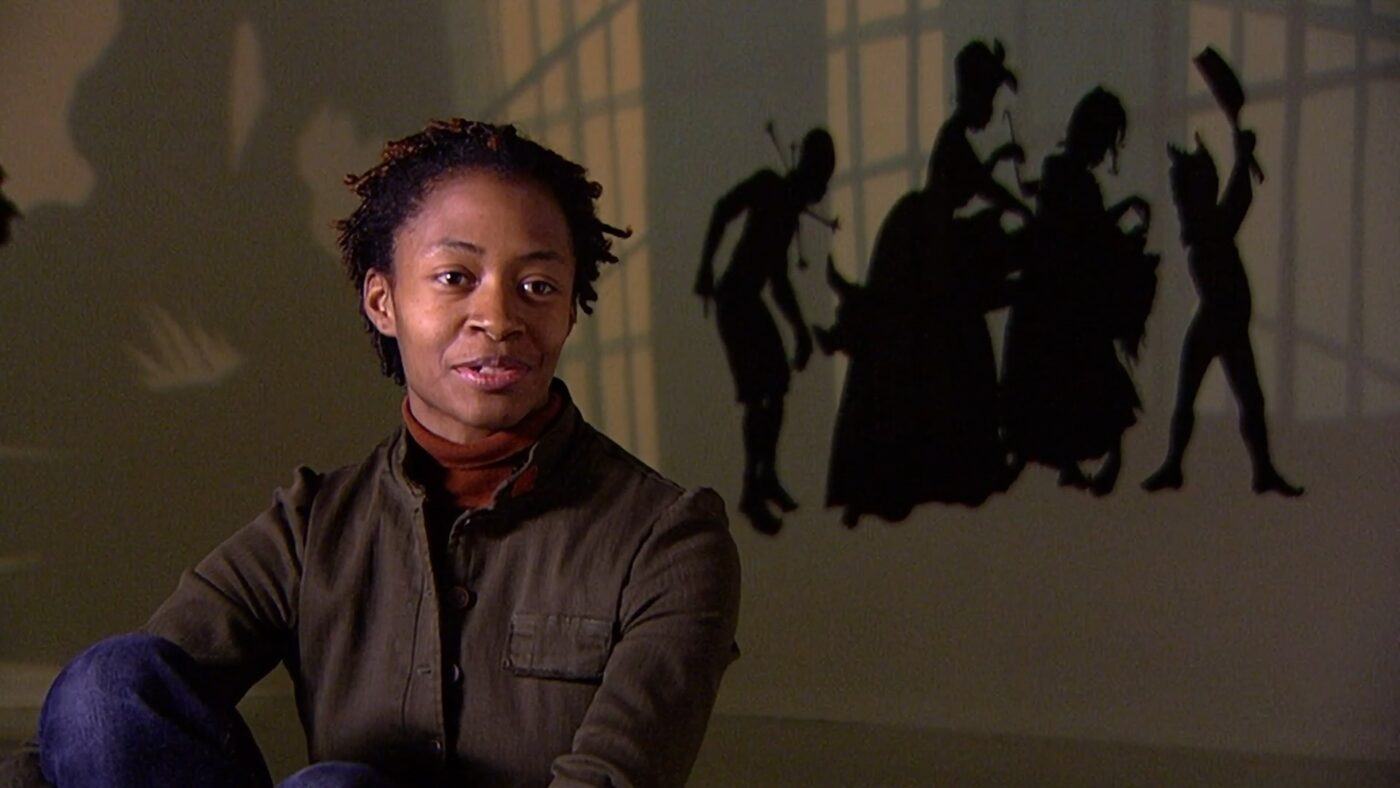 13:24
13:24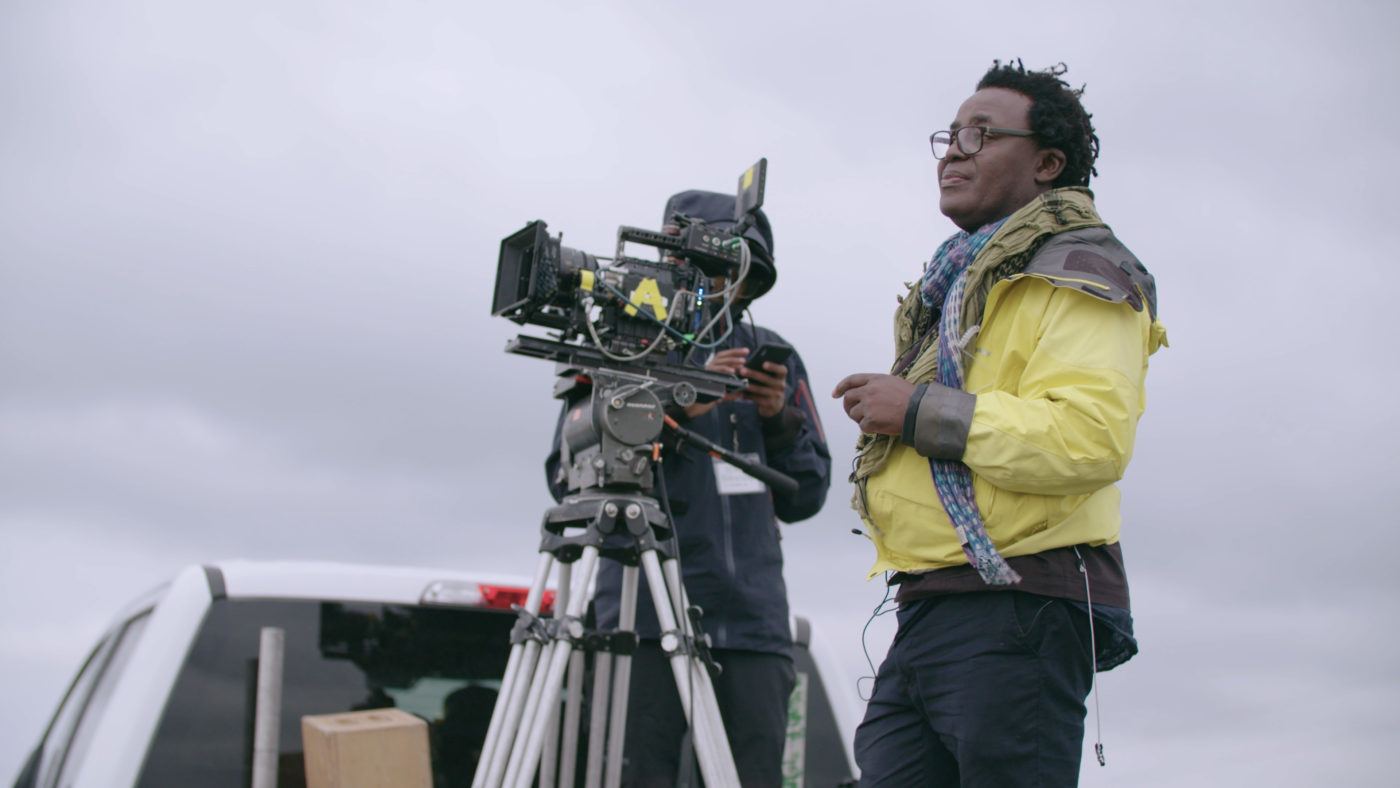 16:05
16:05 14:16
14:16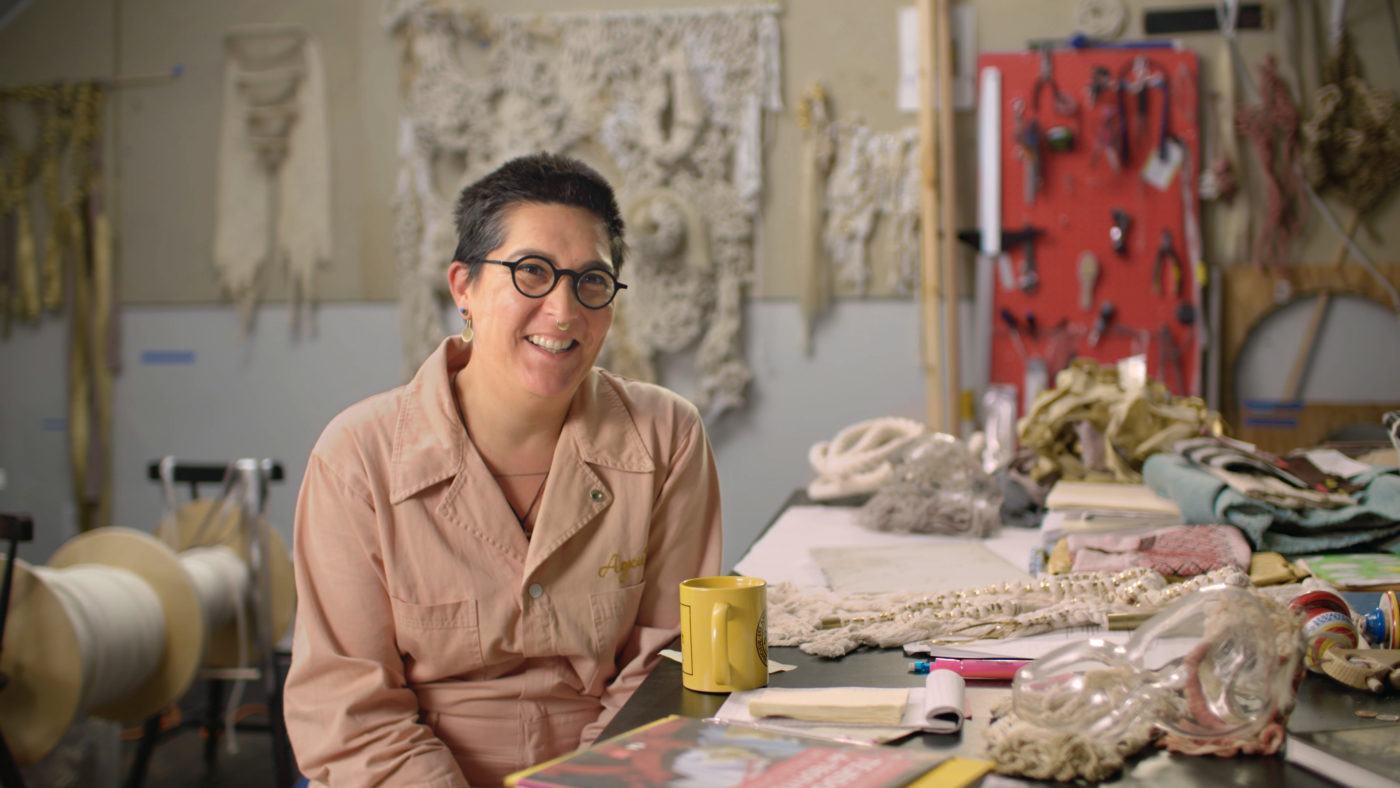 4:04
4:04







